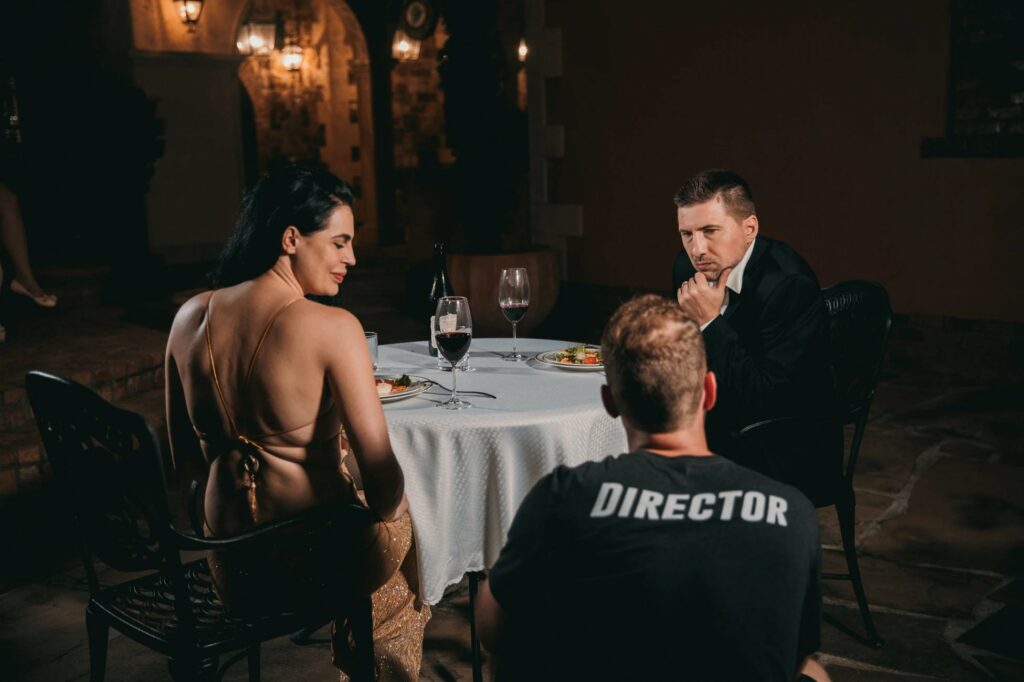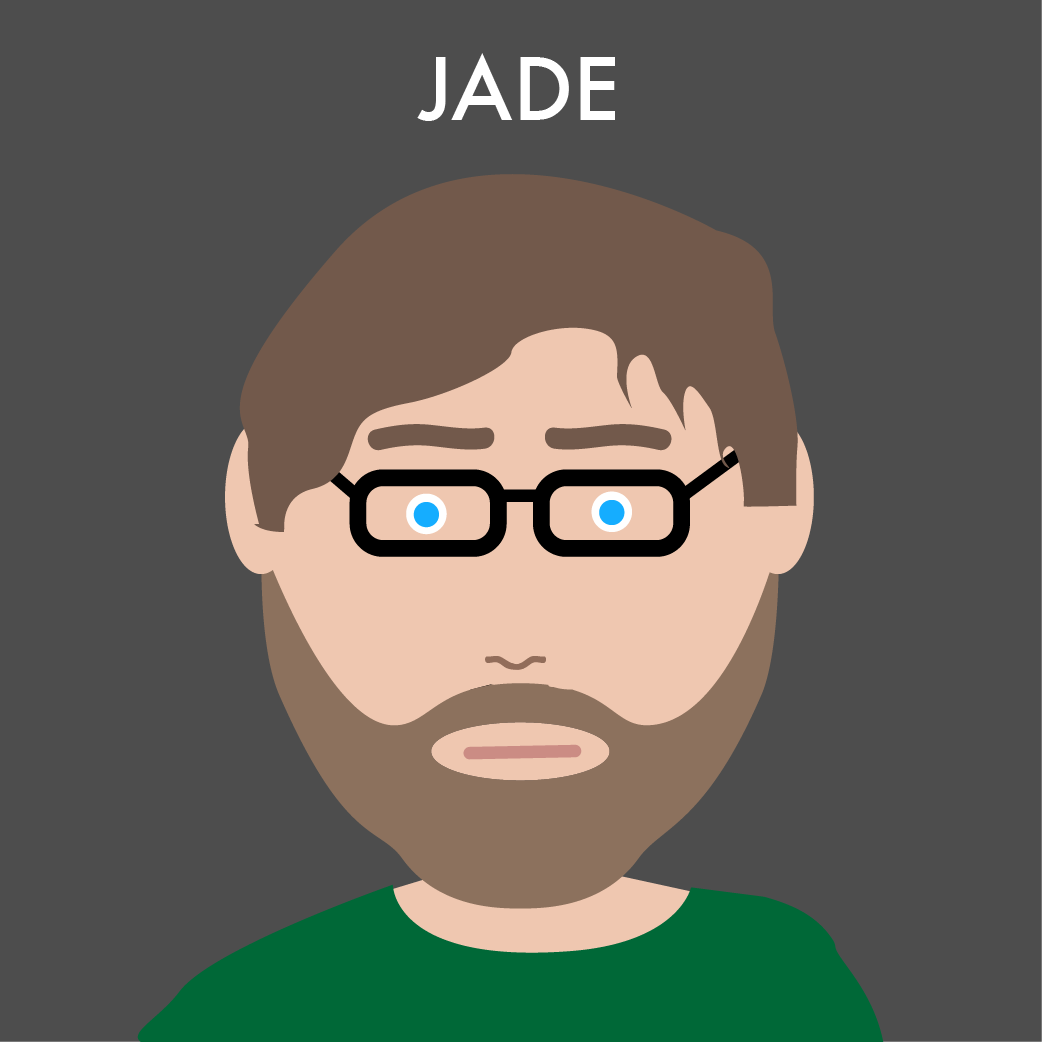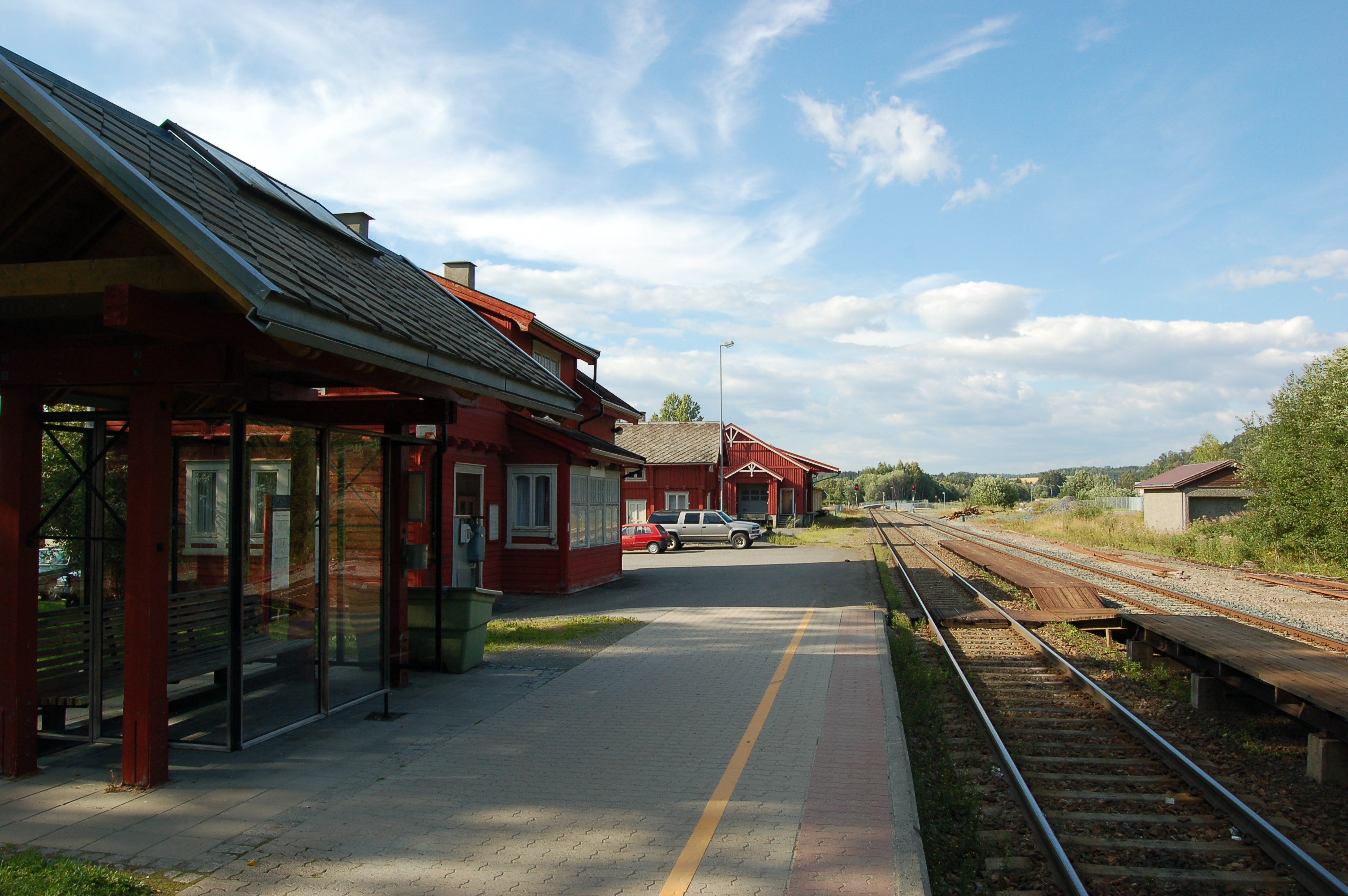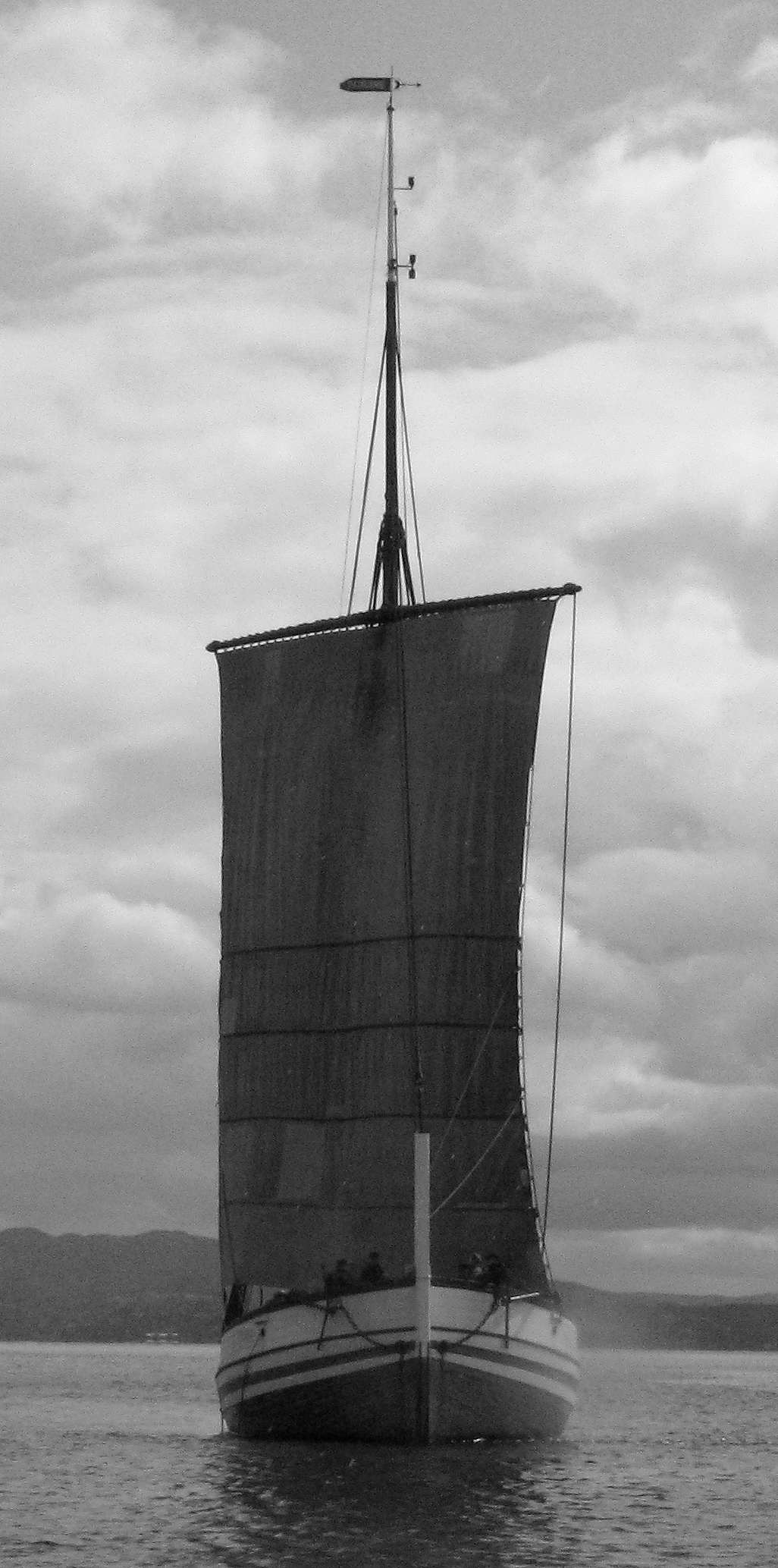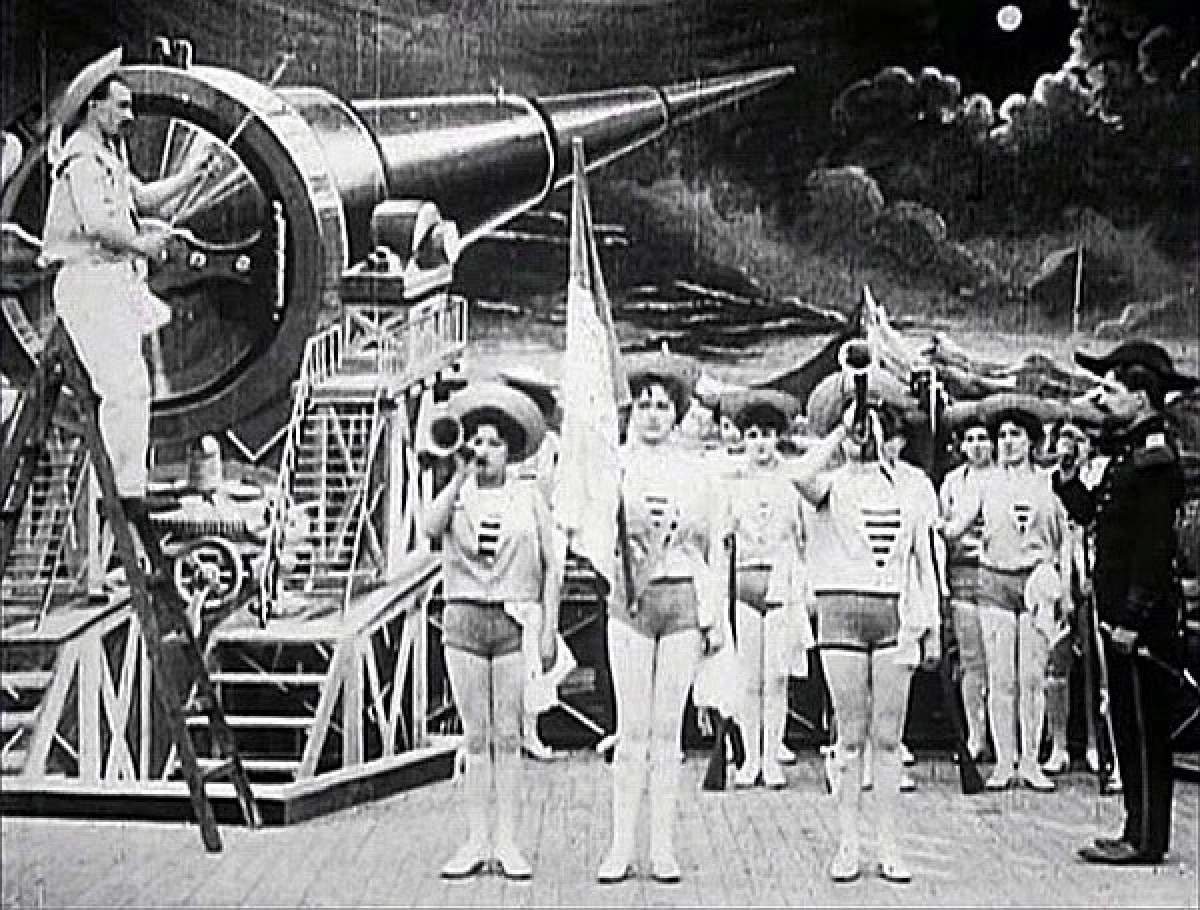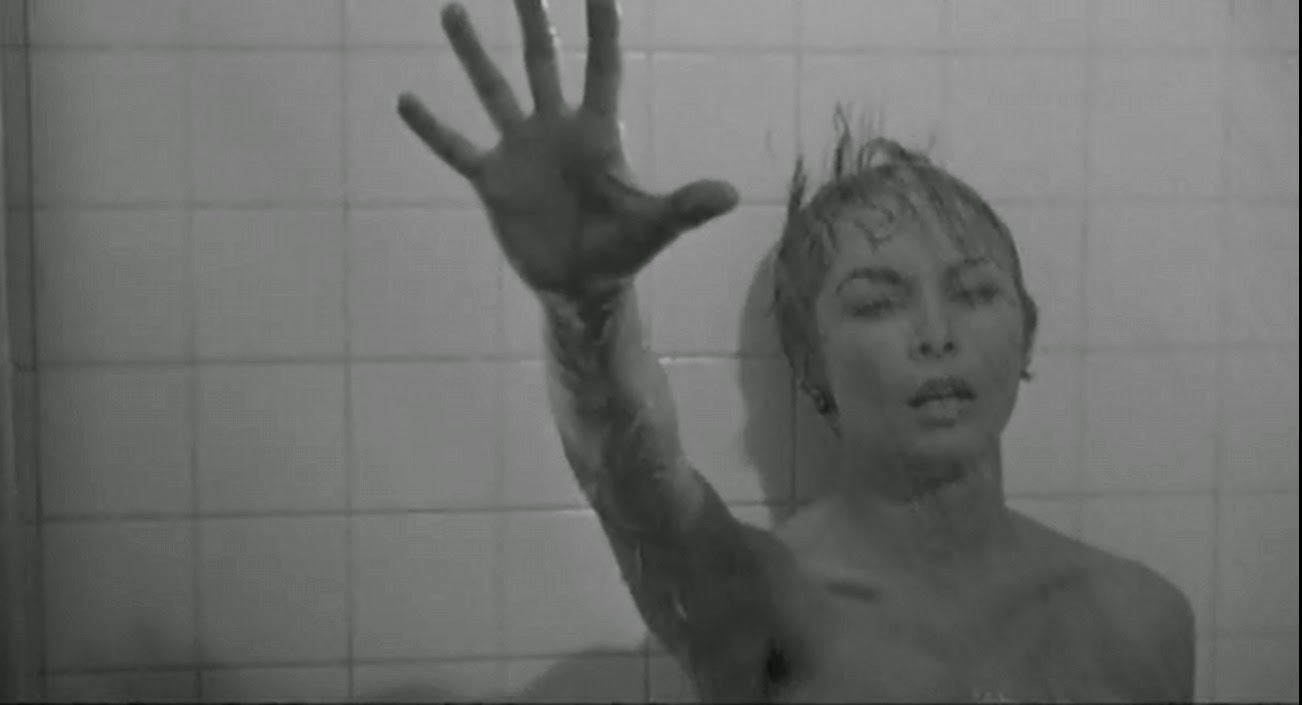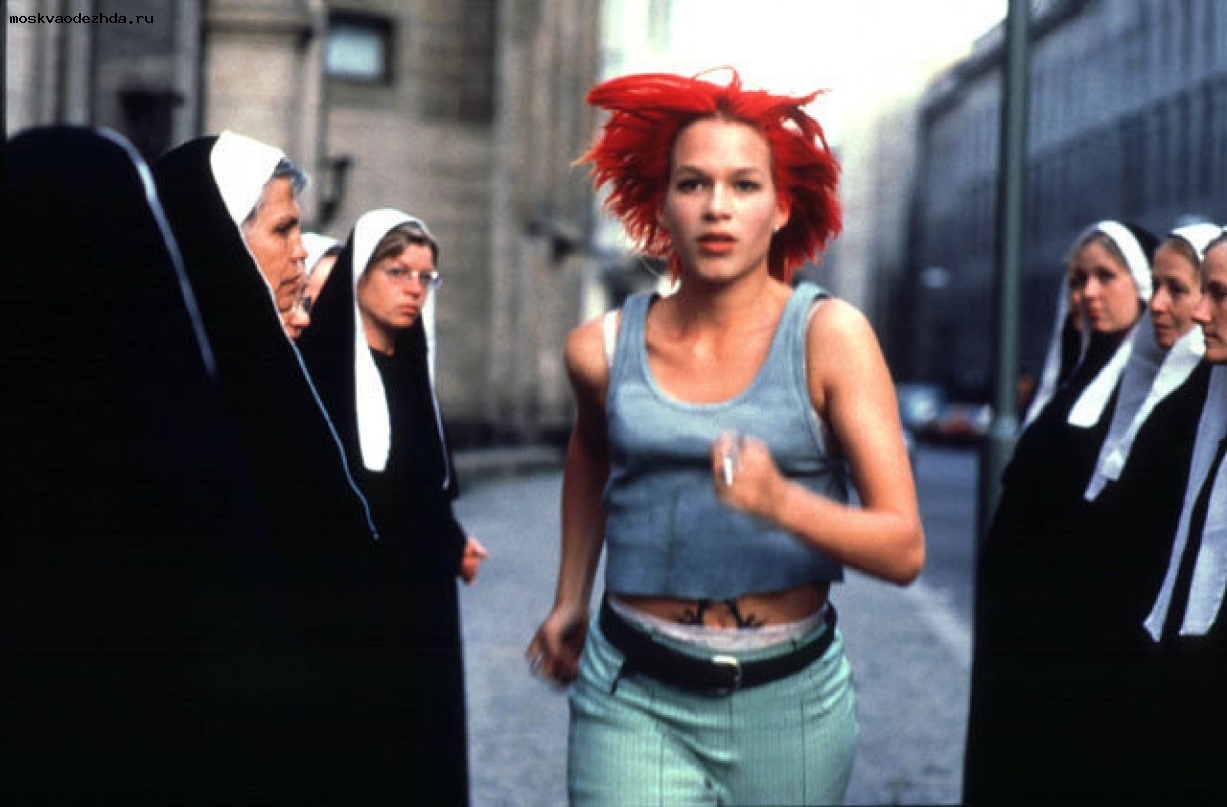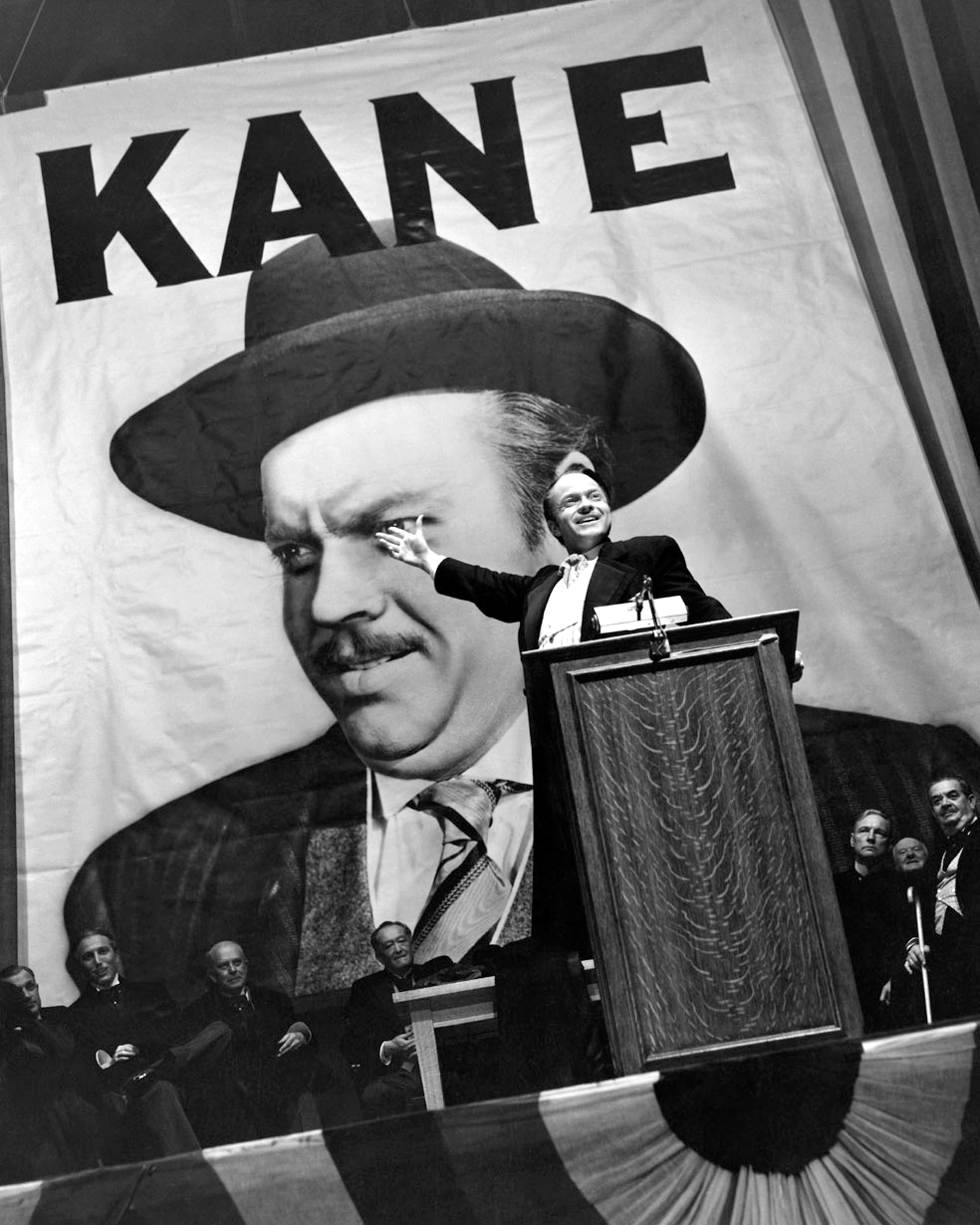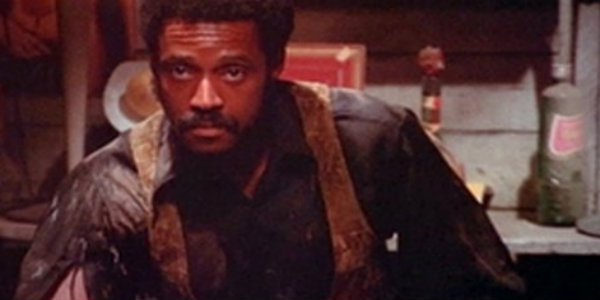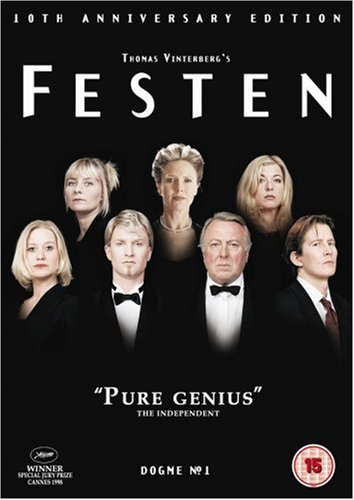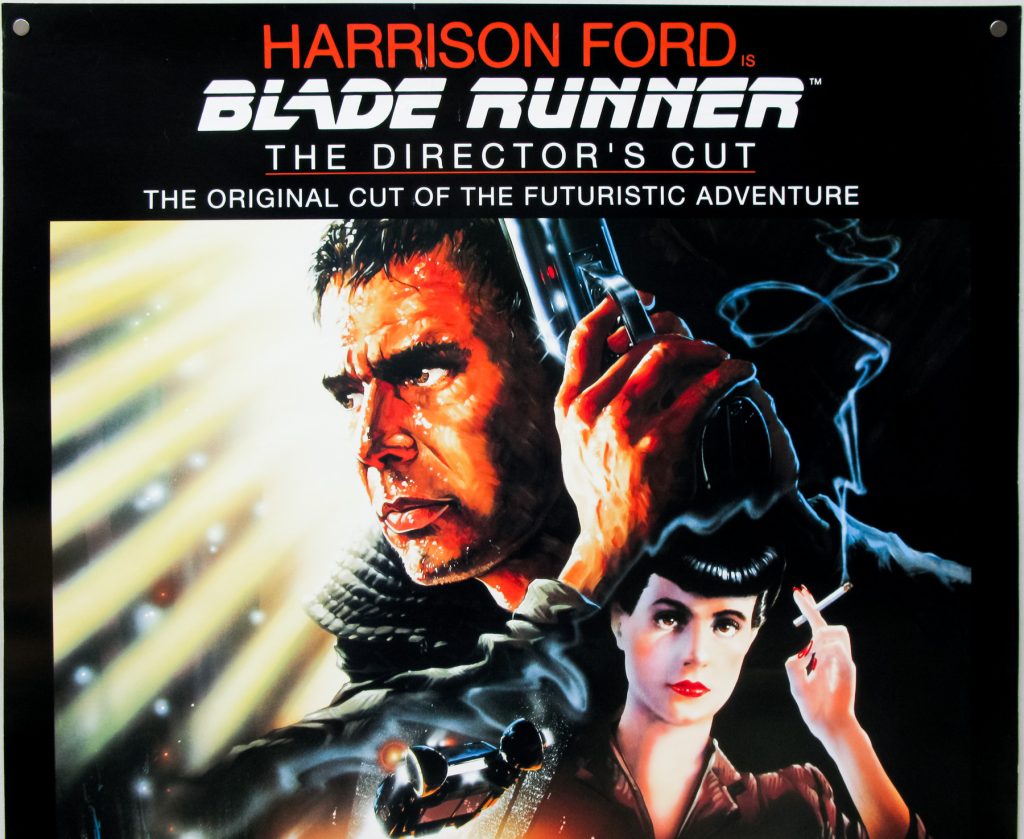
Part 1: For living humans
One of my fictional heroes is Angus MacGyver, portrayed by Richard Dean Anderson (1950 – ). I appreciate his non-violent problem solving that saturates the television series, that originally ran from 1985 to 1992, with specials beyond that. I have not watched any episodes of the 2016 restart. That appreciation, and my pacifist stance more generally, is undoubtedly related to viewing World War II, as the last major hot war, with the ideological aftermath resulting in a cold war. However, like many people, my values are being challenged with the Ukrainian reality of a Russian invasion.
In 1998, I attended a three-day seminar about violence in film. Each day, two separate movies were introduced, and we were asked to watch, reflect on and discuss these. Thus, in total, we examined six different films. None of these resembled anything like MacGyver, a fact I found disappointing. Rather, there was a focus on gratuitous violence, brutal acts lacking discernable literary, artistic, political or scientific value, according to one definition. While films from several different genres were presented, the organizers of the seminar were obviously very keen about science fiction.
I am not particularly interested in reading fantasy or science fiction. The outer edge of my comfort zone is found in magic realism. Part of the reason is that I have little interest in visiting other planets, or other times, when I have explored so little of this beautiful planet, in this modern, accessible age. However, there are some few science fiction films that attract me.
This weblog post builds on one of the films shown at this seminar. Three of the other ones were: A Clockwork Orange (1971), directed by Stanley Kubrick (1928 – 1999); Terminator 2: Judgment Day (1991), directed by James Cameron (1954 – ); and, The Eel (うなぎ, Unagi, 1997) directed by Shōhei Imamura (1926 – 2006). The other two films are forgotten. One of the main presenters at the seminar was Norwegian novelist, children’s book writer, screenwriter and film critic, Erlend Loe (1969 – ).
Twenty-four years after this seminar, Putin’s War is raging in Europe. Violence is no longer of theoretical interest. Many wonder how people can use art and other pastimes to address their concerns about war. One could ask which artistic genres are more/ most effective at suppressing violence, at the same time that they stop dictators from usurping the rights of others. Among the more popular of these flavours are: film, music, painting, theatre and writing fiction. Not everyone has elevated gaming into an art form, but it is also included, as have physical representations in the form of 3D models and costumes.
People approach culture in different ways. In this weblog post, variations on a single work will be used as an example. That work is Philip Kindred Dick’s (1928 – 1982) novel, Do Androids Dream of Electric Sheep? (1968), set in San Francisco in 1992 or, in later editions of the book, 2021. It takes place after a nuclear war. Dick’s inspiration for writing this novel was Fear (1940), a psychological thriller/ horror short story, written by L. Ron Hubbard (1911 – 1986).
A. Written materials
The first cultural flavour looked at here involves written materials. The advantage of reading a novel or short story is that it invites readers to co-create using their imagination. One disadvantage, is that this co-creation involves abstract thinking. Another is that many people have dyslexia, and related conditions, that prevent their enjoyment of this approach.
Rather than just reading, a more productive approach is to reflect on the work in question, and to produce a new work based on it. This could be another novel or short story, but it could, just as easily, be a filmscript, a theatrical play, or a poem.
B. Audio
There are many people who prefer to listen to audio books/ podcasts, instead of reading. Hearing disabilities can also prevent people from using this approach. Searching for information about relevant versions of the novel on the internet, the first link I came across was a free audiobook. One advantage of an audio format, is that it allows both sound effects as well as music to be part of a product. Once again, it is possible for the average person to create their own audio products, if only for family and friends.
C. Film
Ridley Scott’s (1937 – ) dystopian, science fiction film, Blade Runner (1982) is the work being focused on in this weblog post. It was also one of the films focused on at the seminar on violence in film, in 1998. For me, it is especially appreciated for its inability to depict Los Angeles in 2019. In the film, flying cars (spinners) co-exist with pay phones. Even Chester Gould (1900 – 1985) was able to equip Dick Tracy with a personal device, the wrist radio, an icon that dates from 1946-01-13.
Seven different versions of Blade Runner have been released, many massaged primitively by Warner Bros, who were concerned about the film’s viability, when the initial release resulted in low attendance, and confused audiences. The Director’s Cut (2007) is regarded as the definitive edition.
The protagonist, Rick Deckard, portrayed by Harrison Ford (1942 – ), is a bounty hunter/ blade runner, adapt at killing escaped androids/ replicants. Deckard’s life, still portrayed by Ford, continues in the film sequel, Blade Runner 2049 (2017), directed by Canadian Denis Villeneuve (1967 – ). The events of the original film and its sequel involve two different time periods separated by 30 fictional years and 35 real years. It is uncertain if Deckard is human, or a variant of something that he is hunting. Dick, Ford and Villeneuve say human, Scott says replicant. Villeneuve also adds, that the question is more important than the answer.
Rachael (Tyrell) was a Nexus-7 replicant, portrayed by Sean Young (1959 – ) in the original Blade Runner. In Blade Runner 2049, she was portrayed by body double Loren Peta (? – ) with Sean Young’s facial features de-aged and overlaid using computer graphics.
Today, everyone can be a film maker using an ever present cell phone to record audio and video, there are many free and open source apps that can be used to edit content, and there are many mechanisms that can be used to deliver such productions to a waiting audience, including Odysee, PeerTube and YouTube. I almost wrote a reminder to people to film in landscape format, but then wondered if that was just yet another indication that I was raised in a different millennium. Younger people might also prefer to view films on their cell phones, and appreciate a portrait format.
D. Theatre
Theatrical presentations can be developed from scratch, from novels and other written works including screenplays. They can also be inspired by almost anything. Street theatre involves a dramatic performance in some form of outdoor public space. Typically, the audience is unaware of the event, before it erupts before them.
E. Games
Westwood Studios was started by Brett Sperry (ca. 1960 – ) and Louis Castle (ca. 1960 – ) in 1985 in Los Vegas, Nevada. Their 1997 point and click game of Blade Runner, is a sidequel = side sequel. Many gamers prefer to use the Japanese term, gaiden (外伝, = outside legends). In both cases it refers to an original story running parallel to an established plot in a film or novel, sometimes interacting with it.
Computer games are regarded as the most profitable of the various entertainment industries. While estimates of revenue vary, assorted source provide the following values, in billions of dollars in 2020: games: $ 180, film $ 100, professional sports $ 75, music $ 23.
F. Physical representations
One very satisfying moment in my teaching career occurred when an entire class of metalworking students told me they had taken over a 3D printer, and were going to use it for the next week to make the components of a 3D model of a 4 cylinder internal combustion engine. When it was completed and assembled even the least mentally endowed of the students understood, in detail, how an engine worked.
I have encouraged many of my fashion obsessed female students to make their own clothing. Some few have even followed that advice.
In terms of Blade Runner, the design and construction of vehicle (spinner) models would undoubtedly appeal to many young males. Yet, I suspect that the design and construction of clothing appropriate for Los Angeles in 2049, would have greater appeal to many young females.
Getting rather conventional clothing items, such as T-shirts, with artwork featuring Saint Javelin, a female icon carrying a modern shoulder anti-tank weapon.
G. Painting
There are many derivative works of art that can be found that are based on Blade Runner. Any search engine will provide a list of them.
In my opinion, the one painting that best depicts the horrors of war is Pablo Picasso’s (1881 – 1973) Guernica (1937). It commemorates the 1937-04-26 bombing of the town of that name by the Nazi German Luftwaffe’s Condor Legion and the Fascist Italian Aviazione Legionaria, destroying the town and killing a disputed number of people, possibly up to 1 650.
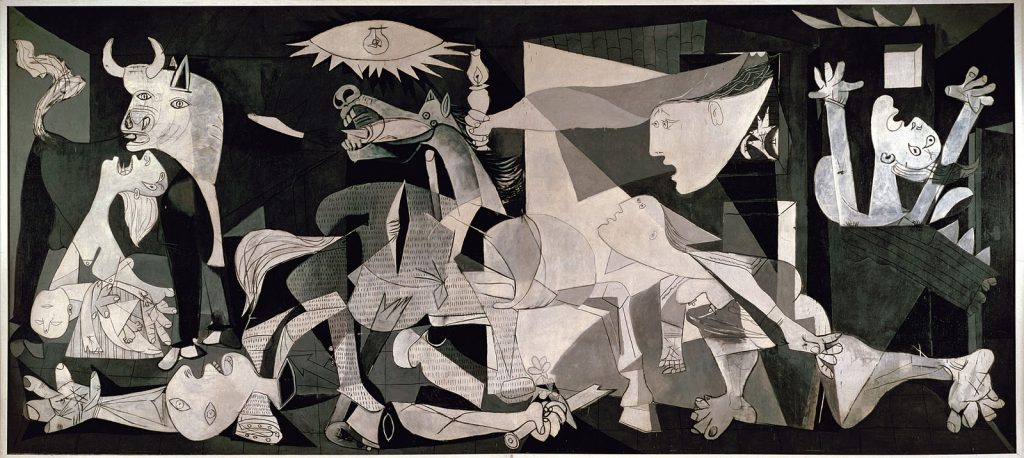
H. Other activities
I would like to end this section by referring to Keri Smith (? – ), a Canadian conceptual artist. I know her best through one work, The Guerrilla Art Kit (2007). She has previously worked at Emily Carr University of Art and Design, in Vancouver. She is now on the advisory board of the Center for Artistic Activism, in New York city. Her main focus is on open works, a term invented by Umberto Eco (1932 – 2016), to describe pieces of art designed to be completed by the user. At 144 pages, The Guerrilla Art Kit, is sufficiently long. There is a section on etiquette, and another on tools. Much of it consists of 32 exercises, mostly fun yet provocative. Guerrilla gardening is one of my favourites, as is the portable idea dispenser.
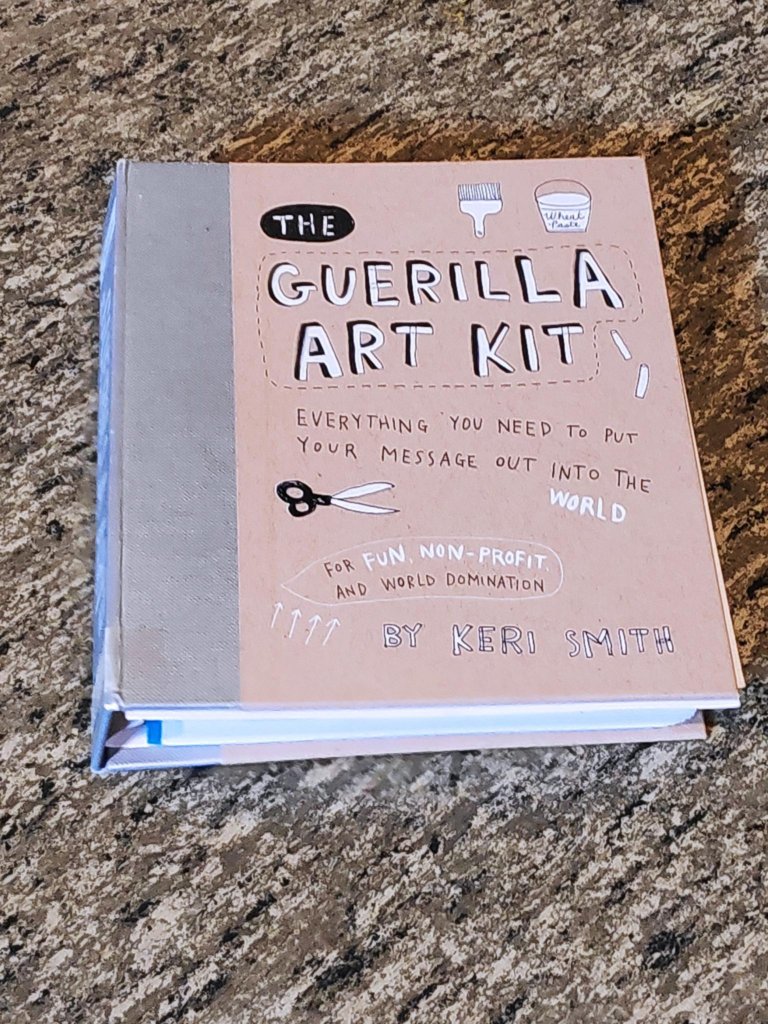
Part 2: For synthesizer fanchildren
One could argue, possibly even convincingly, that Part 2 is actually just flavour I. That is how it began, although flavours A to H were missing at the time. Re-reading the completed text, it was obvious that this section would appeal to about 1% of the intended audience, which would round off to about 0 readers. In addition, when written, it was based on the premise that a major manufacturer of synthesizers would make an inexpensive clone of the Yamaha CS-80. So far, this has not happened, and I have ended up buying an entirely different synthesizer.
Vangelis (born Evángelos Odysséas Papathanassíou, 1943 – 2022) composed the film score for the original Blade Runner film, largely using a Yamaha CS-80 analogue synthesizer. The Icelandic composer Jóhann Gunnar Jóhannsson (1969 – 2018) was hired to make the music for the sequel. To my ears it sounds similar to the original, but it was removed from the project by Villeneuve. Here is a sample of Jóhannsson’s theme for the film. He was replaced by Benjamin Wallfische (1979 – ) and Hans Zimmer (1959 – ). Here is a sample of a theme by Wallfische and Zimmer.
The Yamaha CS-80 analog synthesizer was made from 1977 to 1980. Initially, it cost US$ 6 900. Today, a used one can cost over US$ 100 000. It supported true 8-voice polyphony, meaning that it could play multiple independent melody lines simultaneously. It came with two independent synthesizer layers per voice, each with its own set of front panel controls, in addition to a number of hardwired preset voice settings and four parametric settings stores based on banks of sub-miniature potentiometers. This contrasted with one of its main competitors, the Sequential Prophet 5, that used programmable digital presets, to achieve equivalent results.
The CS-80 excelled in live performance. Its layered keyboard was both velocity-sensitive (like a piano’s) and pressure-sensitive (known as after-touch) but unlike most modern keyboards the aftertouch could be applied to individual voices rather than in common, and a ribbon controller allowing for polyphonic pitch-bends and glissandos. This can be heard on the Blade Runner soundtrack by Vangelis, as well as the composer’s soundtrack for the film Chariots of Fire, and the bassline of Peter Howell’s interpretation of the 1980 theme tune to the BBC science fiction show Doctor Who.
Almost forty years ago, in a 1984 interview Vangelis described the CS-80 as: “The most important synthesizer in my career — and for me the best analogue synthesizer design there has ever been.”
The CS-80 is one of three instruments most frequently described as the pre-eminent polyphonic analog synthesizer. The other two are the Sequential Circuits Prophet-5, and Oberheim OB-X.
There are two plug-in instrument software emulations of the CS-80 for usage in digital audio workstation, music sequencer, and other software which supports the plug-in formats that these instruments were implemented and released in: the Arturia CS-80 V, released in 2003, and the Memorymoon ME80 released in 2009.
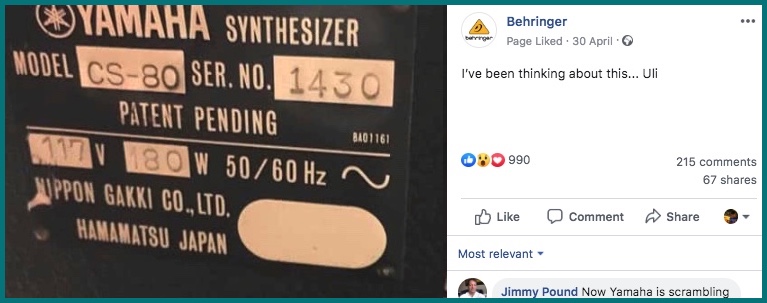
As previously noted, when this post was first being prepared, it was expected that Behringer would announce the production of an equivalent clone, the DS-80. It all began with a tweet on 2019-04-30. However, no product has appeared, yet. Indeed, there are comments that chip shortages are causing production delays and cancellations. This is especially affecting low-cost synths.
For those who prefer hardware synths, Studio Electronics announced their new Boomstar SE80 synthesizer in 2014, which includes a cloned filter section of the CS-80.
Since 2018, Deckard’s Dream Mk2 (DDRM2), an analogue polyphonic synthesizer clone of the CS-80, has been available in two versions, a standard build or as a kit from Black Corporation in Japan. Yes, the name, Deckard’s Dream, is taken from the protagonist in the Blade Runner films!
At the time of writing 2021-12-29, the price of the built version is US$ 3 749 including worldwide shipping. This is a rackmount synthesizer with CS-80 inspired architecture and features that supports polyphonic aftertouch using compatible third-party external keyboards.

Black corporation informs potential buyers that the DDRM2 offers eight voices, each with two identical layered parts consisting of a 100% analog voltage controlled oscillator made with discrete waveshapers, analog lowpass and highpass filter (each with their own cutoff and resonance settings,) noise generator, unique multi-segment filter envelope, and VCA + ADSR envelope. Each layer also features its own independent programming section for musical instrument digital interface (MIDI) polyphonic expression (MPE) based velocity and polyphonic aftertouch control of its filter cutoff and amplifier settings.
DDRM2’s perfomance section features global pitch control with coarse & fine-tuning sliders, layer 2 detune slider, independent keyboard range control for each layer, mix balancing between layer 1 and layer 2, global filter cutoff and resonance offsets, and a global low frequency oscillator (LFO) to control both layers’ filter/pitch/amplifiers simultaneously.
DDRM2 also has a programming sections for global MPE-based control over LFO parameters + pitchbend, as well as global key tracking control over the filter and amplifier settings of both layers. There is a global portamento/glissando slider that operates on both layers simultaneously. As expected, DDRM2 has MIDI control, with an ability to store 128 presets per bank, across 10 banks.
If one is interested in impressing neighbours, then there is no substitute for the original Yamaha. The price of a used model is beyond the means of most mortals. If one is interested in making music, then there are numerous choices. One of these is a Yamaha Reface CS, a 37 key mini synth, based on the CS-80, launched in 2019. It costs about US$ 450. This is considerably cheaper than a DDRM2, which is also too expensive in relation to its value. Perhaps the cheapest hardware solution is an Arturia Microfreak connected to an outboard effects = FX unit like Bluesky. This can recreate all of the DDRM2 and CS sounds, for about US$ 300.
Other fanchildren will remind you that there is no need for a hardware synth, when a software synth will be able to provide the same level of utility.
Update: This post was updated 2022-05-19 at 21:30 to note the death of Vangelis, today.


